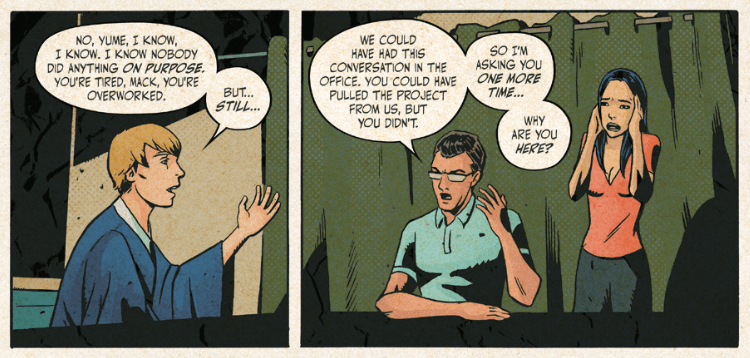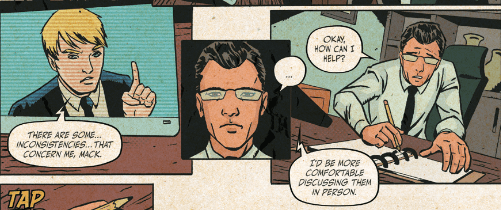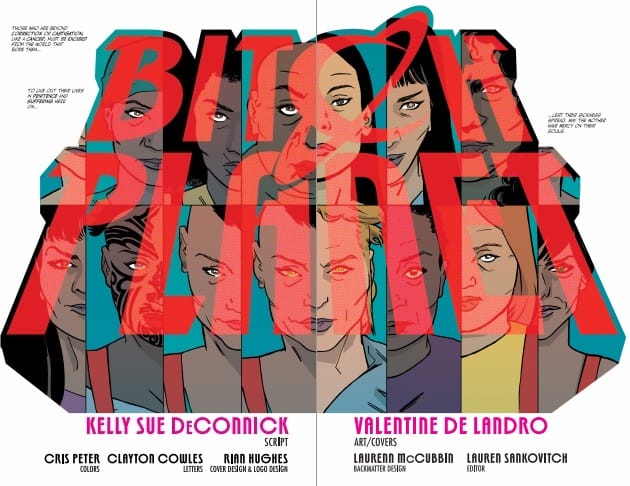Cell by Cell: ‘Bitch Planet’ #6 Part 6
In this Cell by Cell, I look deeply into the panels of BITCH PLANET #6, pages 11-12, appreciating and analyzing the story and artistic composition. In these two pages, Mr. Braxton gets down to business with Makoto. And business is blackmail.














